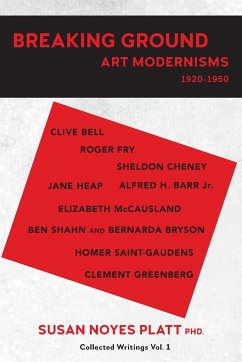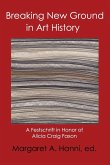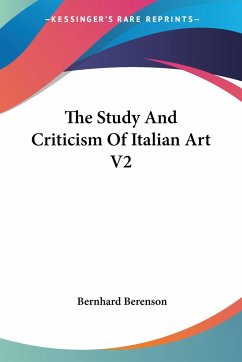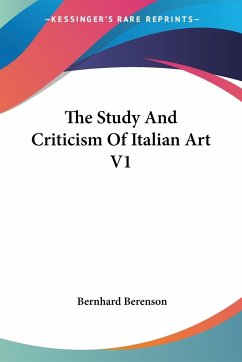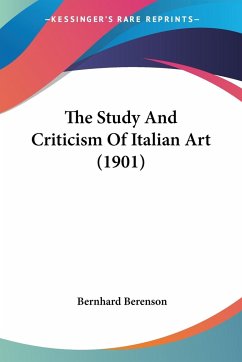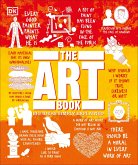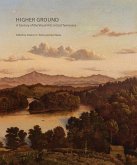Breaking Ground: Art Modernisms 1920-1950 reveals exciting new perspectives on the history of modernist art criticism in the United States. The first essays examine critics who embraced formalism in the 1920s under the impact of the English theorists Roger Fry and Clive Bell. Next is the brilliant Jane Heap's eccentric wedding of mysticism and modernism. At the same time Elizabeth McCausland articulated the principles of the widely accepted concept of socially engaged art during the Depression years. Ben and Bernarda Shahn demonstrate the flexibility of the principle of social engagement, as do the expansive perspectives of Homer Saint-Gaudens during thirty years as the curator of the Carnegie International exhibition. In these same years, under the pressure of the rise of Fascism, Alfred Barr at the Museum of Modern Art stripped away this inclusive and radical vision. His invention of a myth of modern art evolving toward abstraction became the dominant critical concept of the mid twentieth century through the opportunistic rise of Clement Greenberg during World War II. Breaking Ground: Art Modernisms 1920-1950 overturns the long-codified history of modernist criticism by demonstrating its roots, expansion, and transformations as well as its final ossification.
Hinweis: Dieser Artikel kann nur an eine deutsche Lieferadresse ausgeliefert werden.
Hinweis: Dieser Artikel kann nur an eine deutsche Lieferadresse ausgeliefert werden.

